Home>Home Appliances>Lighting Appliances>What Are The Parts Of A Ceiling Light Called
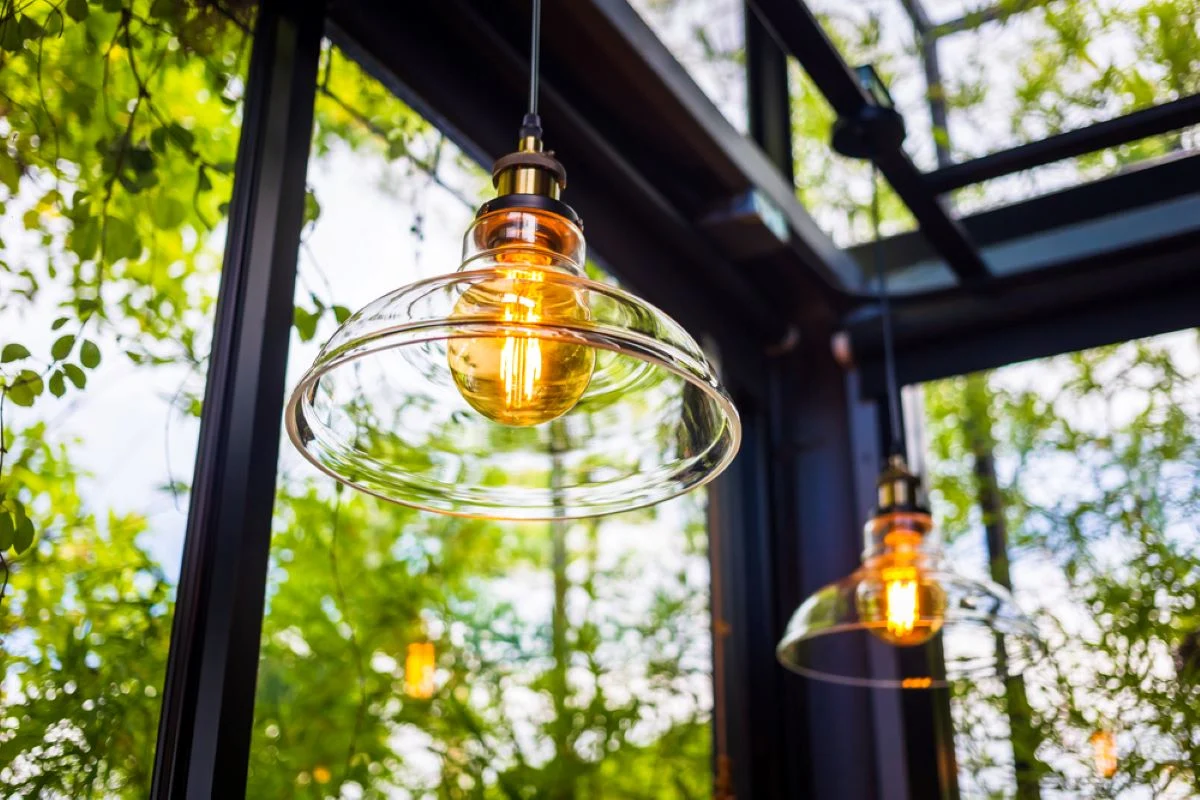

Lighting Appliances
What Are The Parts Of A Ceiling Light Called
Modified: February 18, 2024
Learn about the different components of a ceiling light and their functions. Explore the anatomy of lighting appliances and their essential parts. Discover how each element contributes to the overall functionality of your lighting fixtures.
(Many of the links in this article redirect to a specific reviewed product. Your purchase of these products through affiliate links helps to generate commission for Storables.com, at no extra cost. Learn more)
Introduction
Ceiling lights are essential fixtures in any home, providing illumination and adding aesthetic appeal to interior spaces. Understanding the various components of a ceiling light is crucial for homeowners, interior designers, and lighting enthusiasts. Each part plays a significant role in the functionality and visual impact of the fixture. From the canopy to the finial, every element contributes to the overall design and performance of the ceiling light.
In this comprehensive guide, we will delve into the intricacies of ceiling lights, exploring the purpose and significance of each component. By gaining insight into the anatomy of these fixtures, individuals can make informed decisions when selecting, installing, or maintaining ceiling lights in their homes or commercial spaces.
Let's embark on a journey through the inner workings of ceiling lights, unraveling the mystery behind their construction and functionality. Whether you're a novice seeking to enhance your understanding of lighting fixtures or a seasoned professional looking to expand your knowledge, this exploration of ceiling light components will illuminate the path to a deeper appreciation of these indispensable elements of interior design.
Key Takeaways:
- Understanding the anatomy of a ceiling light is crucial for homeowners and designers. Components like the canopy, mounting bracket, and electrical box contribute to both the aesthetics and functionality of the fixture.
- The bulb is the heart of a ceiling light, dictating the quality and character of the illumination. Factors like bulb type, color temperature, and brightness play a significant role in creating the desired ambiance within a space.
Read more: What Are The Lights In The Ceiling Called
Canopy
The canopy is a crucial component of a ceiling light, often serving as the uppermost decorative element that conceals the electrical wiring and mounting hardware. This essential part not only contributes to the overall aesthetics of the fixture but also plays a functional role in securing the light to the ceiling. Typically, the canopy is a circular or decorative plate that attaches to the ceiling and covers the electrical box and wiring.
In terms of design, canopies come in a variety of materials, shapes, and finishes, allowing for customization to complement diverse interior styles. Whether crafted from sleek metal, ornate glass, or textured wood, the canopy adds a touch of elegance and cohesiveness to the overall look of the ceiling light. Its design can range from minimalist and modern to intricate and traditional, making it a versatile element that can harmonize with various decor themes.
Beyond its aesthetic appeal, the canopy provides essential support and stability to the ceiling light. It serves as the anchor point for the fixture, ensuring that it is securely fastened to the ceiling. This structural function is particularly important for heavier or larger ceiling lights, as the canopy distributes the weight and stress across a wider area, reducing the strain on the electrical box and mounting hardware.
Furthermore, the canopy conceals the electrical connections and wiring, creating a clean and polished appearance. This not only enhances the visual appeal of the ceiling light but also promotes safety by safeguarding the electrical components from dust, debris, and accidental contact. Additionally, the canopy's role in covering the wiring adds a layer of insulation and protection, minimizing the risk of exposure to live electrical connections.
In summary, the canopy of a ceiling light is a multifaceted component that seamlessly blends form and function. Its decorative charm, structural support, and protective capabilities make it an indispensable part of the fixture. Whether it's a sleek, modern canopy or an intricately designed one, this element adds a touch of sophistication while ensuring the safety and stability of the ceiling light.
Mounting Bracket
The mounting bracket is a fundamental component of a ceiling light, playing a pivotal role in securing the fixture to the ceiling. This essential part serves as the intermediary connection between the ceiling light and the electrical box, providing stability and support for the entire assembly.
In essence, the mounting bracket acts as the anchor that holds the ceiling light in place, ensuring that it remains securely affixed to the ceiling surface. Typically made of durable metal such as steel or aluminum, the mounting bracket is designed to withstand the weight and stress exerted by the ceiling light, thereby preventing any potential hazards or instability.
One of the key functions of the mounting bracket is to facilitate the installation process. By providing a sturdy platform for attaching the ceiling light, the mounting bracket simplifies the mounting procedure, allowing for a secure and hassle-free setup. This is particularly important when dealing with heavier or more elaborate ceiling light fixtures, as the mounting bracket serves as the primary support structure.
Moreover, the design of the mounting bracket often incorporates multiple attachment points, enabling it to accommodate various types and sizes of ceiling lights. This versatility ensures that the mounting bracket can be utilized across a wide range of fixtures, offering flexibility and adaptability in installation.
Additionally, the mounting bracket contributes to the overall safety of the ceiling light by distributing the weight and stress evenly across the ceiling surface. This helps to minimize the risk of structural strain or damage, providing peace of mind for homeowners and occupants. Furthermore, the secure attachment facilitated by the mounting bracket reduces the likelihood of the ceiling light becoming dislodged or unstable over time.
In summary, the mounting bracket is an indispensable element of a ceiling light, serving as the linchpin that ensures proper installation, stability, and safety. Its robust construction, installation versatility, and role in distributing weight make it a vital component that underpins the functionality and reliability of ceiling light fixtures.
Electrical Box
The electrical box is a critical component of a ceiling light, serving as the central hub for electrical connections and providing a secure enclosure for the wiring and associated components. This essential part is typically mounted within the ceiling structure and plays a pivotal role in facilitating the safe and efficient operation of the ceiling light.
One of the primary functions of the electrical box is to house the electrical connections that power the ceiling light. It serves as a protective enclosure for the wiring, terminals, and junctions, safeguarding them from external elements and potential damage. This containment not only ensures the integrity of the electrical connections but also reduces the risk of accidental contact or exposure, promoting safety within the installation.
Furthermore, the electrical box serves as a mounting point for the ceiling light, providing a stable and secure anchor for the fixture. Its robust construction and attachment to the ceiling structure enable it to support the weight of the light, ensuring that the fixture remains firmly in place. This structural support is essential for maintaining the stability and longevity of the ceiling light, particularly in high-traffic areas or environments where vibrations or movement may occur.
In addition to its role in housing electrical connections and supporting the fixture, the electrical box contributes to the overall aesthetics of the ceiling light. While primarily concealed within the ceiling, the design and construction of the electrical box can impact the visual appeal of the fixture. For instance, a well-designed and neatly installed electrical box can contribute to a clean and polished appearance, enhancing the overall presentation of the ceiling light.
Moreover, the electrical box is designed to meet specific safety and building code requirements, ensuring compliance with electrical standards and regulations. Its construction and installation are governed by industry guidelines to promote electrical safety and reliability. By adhering to these standards, the electrical box helps to mitigate potential electrical hazards and ensures that the ceiling light operates within established safety parameters.
In summary, the electrical box is a foundational element of a ceiling light, providing a secure enclosure for electrical connections, structural support for the fixture, and adherence to safety standards. Its multifaceted role in housing, supporting, and safeguarding the electrical components underscores its significance in the overall functionality and safety of ceiling light installations.
Crossbar
The crossbar is a pivotal component of a ceiling light, playing a crucial role in providing structural support and facilitating the secure installation of the fixture. This essential part, also known as a mounting strap or mounting crossbar, serves as a foundational element that bridges the gap between the electrical box and the ceiling light, ensuring stability and reliability.
One of the primary functions of the crossbar is to serve as a mounting platform for the ceiling light. Typically made of durable metal such as steel or aluminum, the crossbar is designed to withstand the weight and stress exerted by the fixture, providing a robust foundation for attachment. Its sturdy construction and secure attachment to the electrical box enable it to bear the load of the ceiling light, ensuring that the fixture remains firmly in place.
Moreover, the design of the crossbar often incorporates multiple attachment points, allowing for versatile and adaptable installation. This flexibility enables the crossbar to accommodate various types and sizes of ceiling lights, providing a universal mounting solution for a wide range of fixtures. Whether it's a flush mount, semi-flush mount, pendant light, or chandelier, the crossbar offers a reliable and standardized method for affixing the fixture to the ceiling.
In addition to its role in supporting the ceiling light, the crossbar contributes to the overall safety and stability of the installation. By providing a secure and level mounting surface, the crossbar helps to minimize the risk of the fixture becoming dislodged or unbalanced. This is particularly important in environments where vibrations, movement, or external forces may impact the ceiling light, as the crossbar acts as a steadfast anchor that maintains the fixture's position.
Furthermore, the crossbar facilitates the alignment and leveling of the ceiling light during installation, ensuring a professional and polished end result. Its design incorporates features that enable precise adjustment and positioning, allowing for seamless integration with the fixture and the ceiling surface. This attention to detail not only enhances the visual presentation of the ceiling light but also contributes to the overall functionality and performance of the installation.
In summary, the crossbar is an indispensable element of a ceiling light, providing structural support, versatile installation capabilities, and enhanced safety. Its robust construction, universal compatibility, and role in ensuring the stability and alignment of the fixture underscore its significance in the seamless and reliable installation of ceiling lights.
The main parts of a ceiling light are the canopy, the mounting bracket, the electrical box, the wiring, the light bulb socket, the light bulb, and the shade or cover.
Read more: What Are Parts Of Stairs Called
Chain or Downrod
The chain or downrod is a significant component of ceiling lights, particularly in the context of pendant lights and chandeliers. This essential element serves both functional and aesthetic purposes, contributing to the overall design and performance of the fixture.
In the case of pendant lights, the chain or downrod plays a pivotal role in determining the fixture's hanging height. This aspect is crucial for achieving the desired illumination and visual impact within the space. The adjustable nature of the chain or downrod allows for customization, enabling homeowners and designers to position the pendant light at an optimal height, whether it's above a dining table, kitchen island, or in a foyer. This flexibility ensures that the pendant light not only delivers effective illumination but also enhances the ambiance and visual appeal of the area it illuminates.
Furthermore, the chain or downrod adds a decorative and stylistic dimension to the pendant light or chandelier. Its design, material, and finish can significantly influence the overall aesthetic of the fixture, complementing the interior decor and contributing to the desired atmosphere. Whether it's a sleek and minimalist chain for a modern pendant light or an ornate downrod for a traditional chandelier, this component serves as a visual accent that enhances the fixture's visual impact.
In addition to its role in height adjustment and aesthetic enhancement, the chain or downrod provides structural support for pendant lights and chandeliers. Its robust construction and secure attachment to the fixture ensure that the suspended light remains stable and balanced. This is particularly important for larger or heavier fixtures, as the chain or downrod helps to distribute the weight and stress, minimizing the strain on the electrical connections and mounting hardware.
Moreover, the chain or downrod contributes to the overall versatility and adaptability of pendant lights and chandeliers. By offering options for customization and adjustment, this component allows for seamless integration of the fixture into diverse interior settings. Whether it's a short chain for a compact space or a longer downrod for a high-ceilinged room, the flexibility provided by the chain or downrod ensures that the pendant light or chandelier can be tailored to suit specific spatial and design requirements.
In summary, the chain or downrod is a multifaceted component that influences the hanging height, aesthetics, stability, and adaptability of pendant lights and chandeliers. Its role in enhancing functionality and visual appeal underscores its significance as a vital element in the design and installation of these ceiling light fixtures.
Socket
The socket, also known as the lamp holder or bulb holder, is a fundamental component of a ceiling light, serving as the interface between the electrical wiring and the light bulb. This essential part plays a pivotal role in providing electrical connectivity, mechanical support, and heat dissipation for the bulb, thereby contributing to the overall functionality and performance of the ceiling light.
One of the primary functions of the socket is to establish a secure electrical connection between the light bulb and the electrical wiring. This connection enables the flow of electricity from the power source to the bulb, allowing it to illuminate and fulfill its intended purpose. The socket is designed to accommodate specific bulb types, such as incandescent, LED, or compact fluorescent bulbs, ensuring compatibility and reliable electrical contact.
Moreover, the socket provides mechanical support for the light bulb, holding it in place within the fixture. Its design incorporates features that enable the bulb to be securely inserted and retained, preventing movement or dislodgment during operation. This stability is essential for maintaining the proper positioning of the bulb and ensuring consistent illumination without the risk of flickering or interruption.
In addition to its electrical and mechanical functions, the socket plays a crucial role in dissipating heat generated by the light bulb. Certain types of bulbs, such as incandescent or halogen bulbs, produce heat during operation. The socket is engineered to withstand and dissipate this heat, preventing overheating and potential damage to the fixture or surrounding components. This heat management capability contributes to the safety and longevity of the ceiling light, ensuring that it operates within established temperature limits.
Furthermore, the design of the socket often incorporates features that facilitate ease of bulb replacement. Whether it's a twist-and-lock mechanism, a spring-loaded holder, or a screw-in base, the socket enables straightforward installation and removal of light bulbs. This user-friendly design promotes convenience and accessibility, allowing homeowners to maintain and update their ceiling lights with minimal effort.
In summary, the socket is a critical element of a ceiling light, providing electrical connectivity, mechanical support, heat dissipation, and user-friendly bulb replacement capabilities. Its multifaceted role in ensuring the proper operation and maintenance of the light bulb underscores its significance as an indispensable component in the overall functionality and reliability of ceiling light fixtures.
Bulb
The bulb, also referred to as the light bulb or lamp, stands as the centerpiece of a ceiling light, embodying the essence of illumination and ambiance within interior spaces. This pivotal component serves as the source of light, dictating the quality, intensity, and character of the illumination emitted by the fixture. Understanding the intricacies of the bulb, including its types, characteristics, and impact, is essential for appreciating its profound influence on the overall functionality and aesthetic appeal of ceiling lights.
The bulb comes in various types, each offering distinct advantages and characteristics. Incandescent bulbs, known for their warm and familiar glow, have long been a staple in lighting design, providing a classic ambiance and color rendition. On the other hand, LED bulbs have revolutionized the lighting industry with their energy efficiency, longevity, and versatility. Their ability to produce vibrant and customizable illumination has made them a popular choice for modern ceiling lights. Additionally, compact fluorescent bulbs and halogen bulbs offer their own unique attributes, catering to specific lighting requirements and preferences.
Beyond the type of bulb, factors such as color temperature, brightness, and beam angle contribute to the overall lighting experience. Color temperature, measured in Kelvin (K), determines the warmth or coolness of the light emitted, influencing the ambiance and visual comfort within a space. Brightness, often quantified in lumens, dictates the intensity of the illumination, impacting the functionality and mood of the environment. Furthermore, the beam angle of the bulb influences the distribution and focus of the light, shaping the spatial coverage and accentuation of specific areas.
The bulb's role extends beyond its technical specifications, encompassing its ability to evoke emotions, set moods, and enhance aesthetics. Whether it's a soft, warm glow for a cozy living room, a bright and invigorating light for a workspace, or a dimmable, ambient illumination for a dining area, the bulb serves as a versatile tool for crafting the desired atmosphere and visual impact. Its capacity to transform the perception of space, highlight architectural features, and accentuate decor elements makes it a powerful instrument in interior design and ambiance creation.
In summary, the bulb stands as the heart of a ceiling light, embodying the essence of illumination, functionality, and ambiance. Its diverse types, characteristics, and impact underscore its significance as a transformative and indispensable component in the realm of lighting design and interior aesthetics.
Shade or Globe
The shade or globe of a ceiling light represents a defining element that not only influences the dispersion of light but also contributes significantly to the overall aesthetic appeal of the fixture. This essential component serves as a protective covering for the light source, diffusing and directing the emitted illumination while adding a touch of style and character to the fixture.
In terms of functionality, the shade or globe plays a crucial role in shaping the quality and distribution of light within a space. Its design and material composition influence the dispersion pattern, softening the intensity of the light and creating a more ambient and visually comfortable environment. Whether it's a frosted glass shade that produces a gentle, diffused glow or a metal globe with perforations that casts intriguing patterns, the shade or globe has the power to transform the lighting experience.
Furthermore, the shade or globe contributes to the visual impact of the ceiling light, serving as a focal point that captures attention and enhances the overall decor. Its design can range from minimalist and understated to ornate and decorative, offering a diverse array of options to complement various interior styles. Whether it's a sleek, cylindrical shade for a modern aesthetic or a Tiffany-style stained glass globe for a vintage-inspired look, the shade or globe adds a layer of sophistication and visual interest to the fixture.
Additionally, the material composition of the shade or globe further influences its impact on the ambiance and aesthetics of the space. Glass shades, for instance, provide a timeless elegance and a sense of refinement, while fabric shades exude a soft and inviting allure. Metal globes, on the other hand, offer a contemporary and industrial edge, adding a touch of modernity to the overall design.
Moreover, the shade or globe serves as a protective barrier for the light source, safeguarding it from dust, debris, and accidental contact. This protective function not only contributes to the longevity and maintenance of the ceiling light but also promotes safety within the environment.
In summary, the shade or globe of a ceiling light stands as a multifaceted component that influences the quality of light, adds visual appeal, and provides protective functionality. Its diverse designs, material compositions, and impact on ambiance underscore its significance as a pivotal element in the realm of lighting design and interior aesthetics.
Read more: What Are The Parts Of Stemware Called?
Finial
The finial, though often overlooked, holds a significant place in the realm of ceiling lights, serving as the finishing touch that adds a touch of elegance and cohesiveness to the overall fixture. This small yet impactful component, typically positioned at the bottom of the light fixture, plays a pivotal role in enhancing the visual appeal and structural integrity of the ceiling light.
One of the primary functions of the finial is to provide a decorative accent that completes the aesthetic presentation of the ceiling light. Its design and material composition can vary widely, ranging from sleek and understated to ornate and intricate. Whether crafted from metal, glass, or resin, the finial adds a touch of sophistication and visual interest, elevating the overall design of the fixture. This decorative element serves as a subtle yet impactful detail that harmonizes with the overall decor, contributing to a cohesive and polished look.
Beyond its decorative role, the finial also serves a practical function by securing and stabilizing the components of the ceiling light. In many cases, the finial acts as the fastening point for the shade or globe, ensuring that it remains securely attached to the fixture. This structural support not only enhances the stability of the ceiling light but also contributes to its longevity and reliability. Additionally, the finial provides a seamless transition between the various elements of the fixture, creating a cohesive and integrated appearance.
Furthermore, the design of the finial often reflects the overall style and theme of the ceiling light, adding a layer of customization and personalization to the fixture. Whether it's a sleek, modern finial for a contemporary setting or a decorative, vintage-inspired finial for a traditional decor scheme, this component allows for tailored expression and alignment with specific design preferences.
In summary, the finial stands as a small yet impactful component that adds a touch of elegance, structural support, and customization to ceiling lights. Its decorative charm, practical functionality, and role in enhancing the overall design underscore its significance as a vital element in the realm of lighting fixtures.
Frequently Asked Questions about What Are The Parts Of A Ceiling Light Called
Was this page helpful?
At Storables.com, we guarantee accurate and reliable information. Our content, validated by Expert Board Contributors, is crafted following stringent Editorial Policies. We're committed to providing you with well-researched, expert-backed insights for all your informational needs.
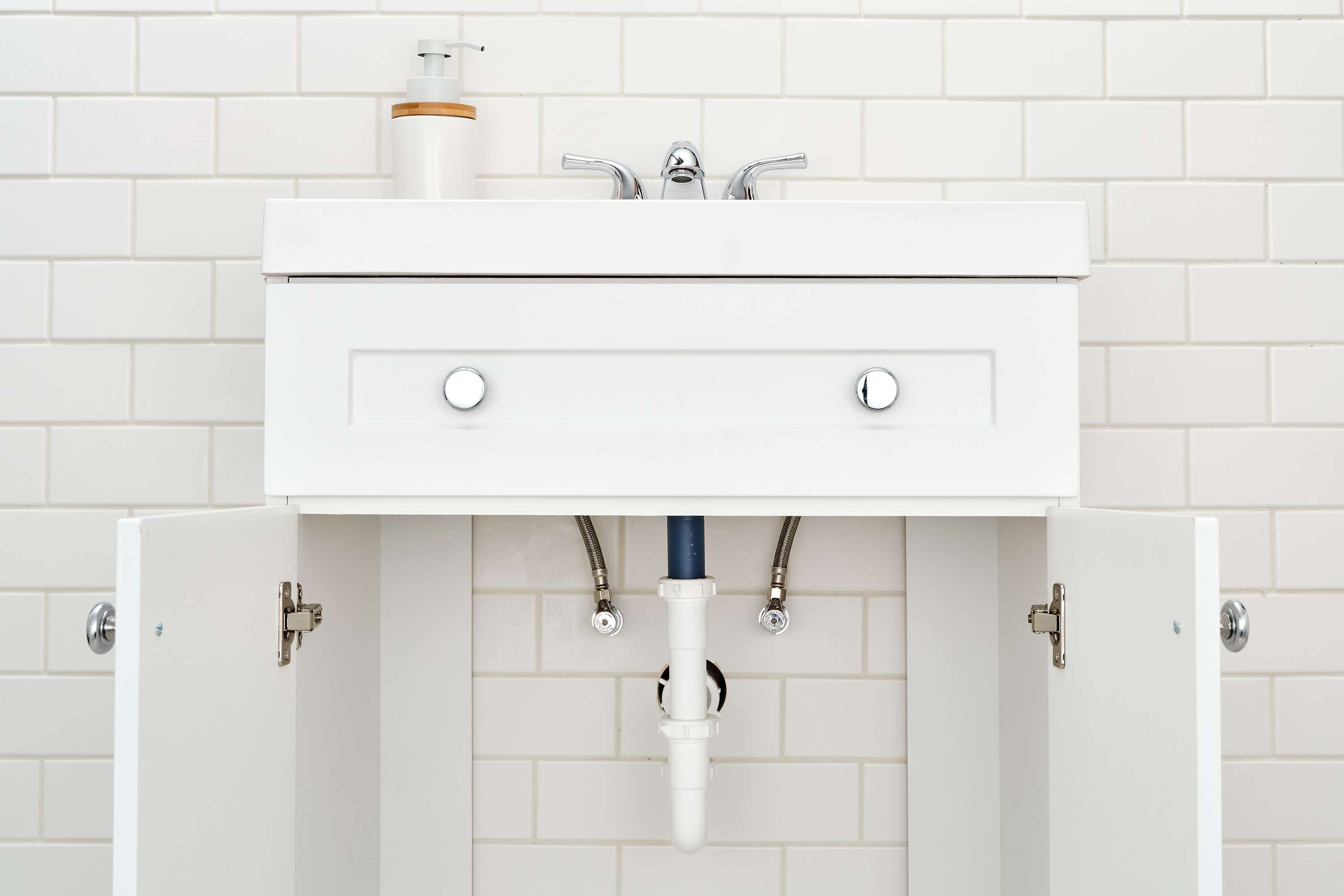
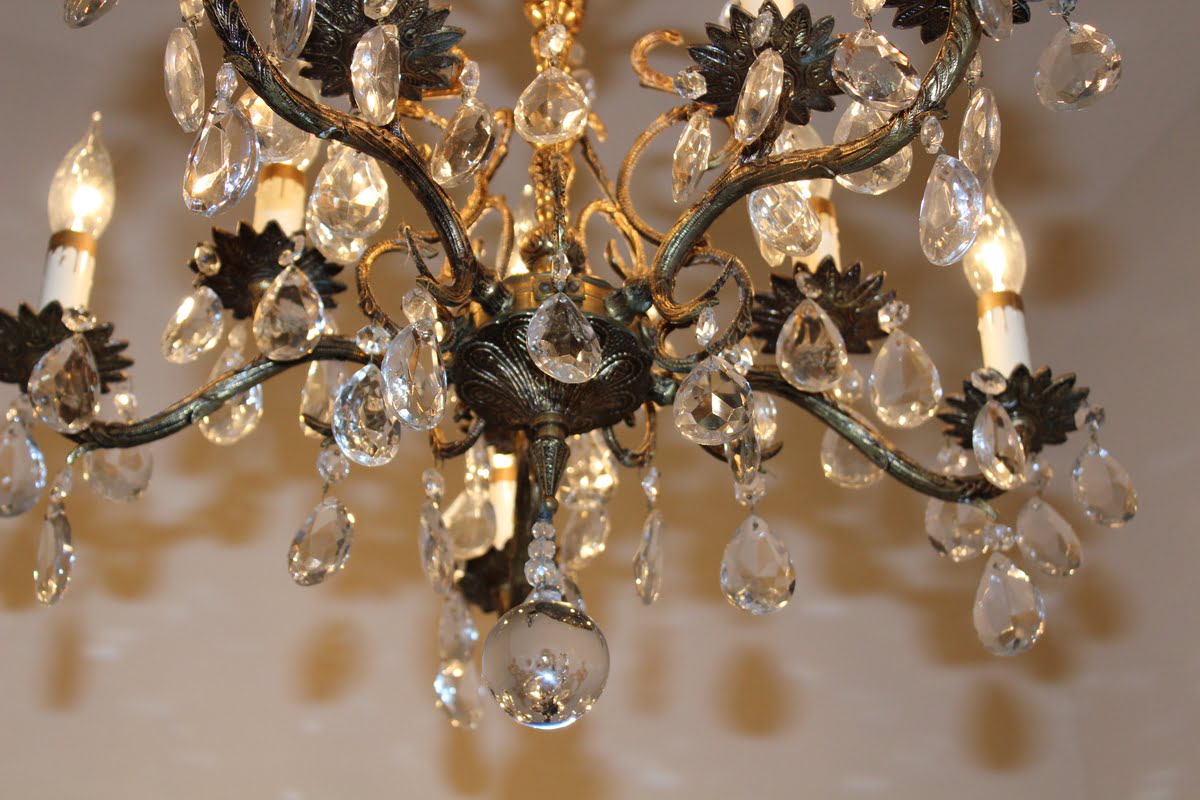
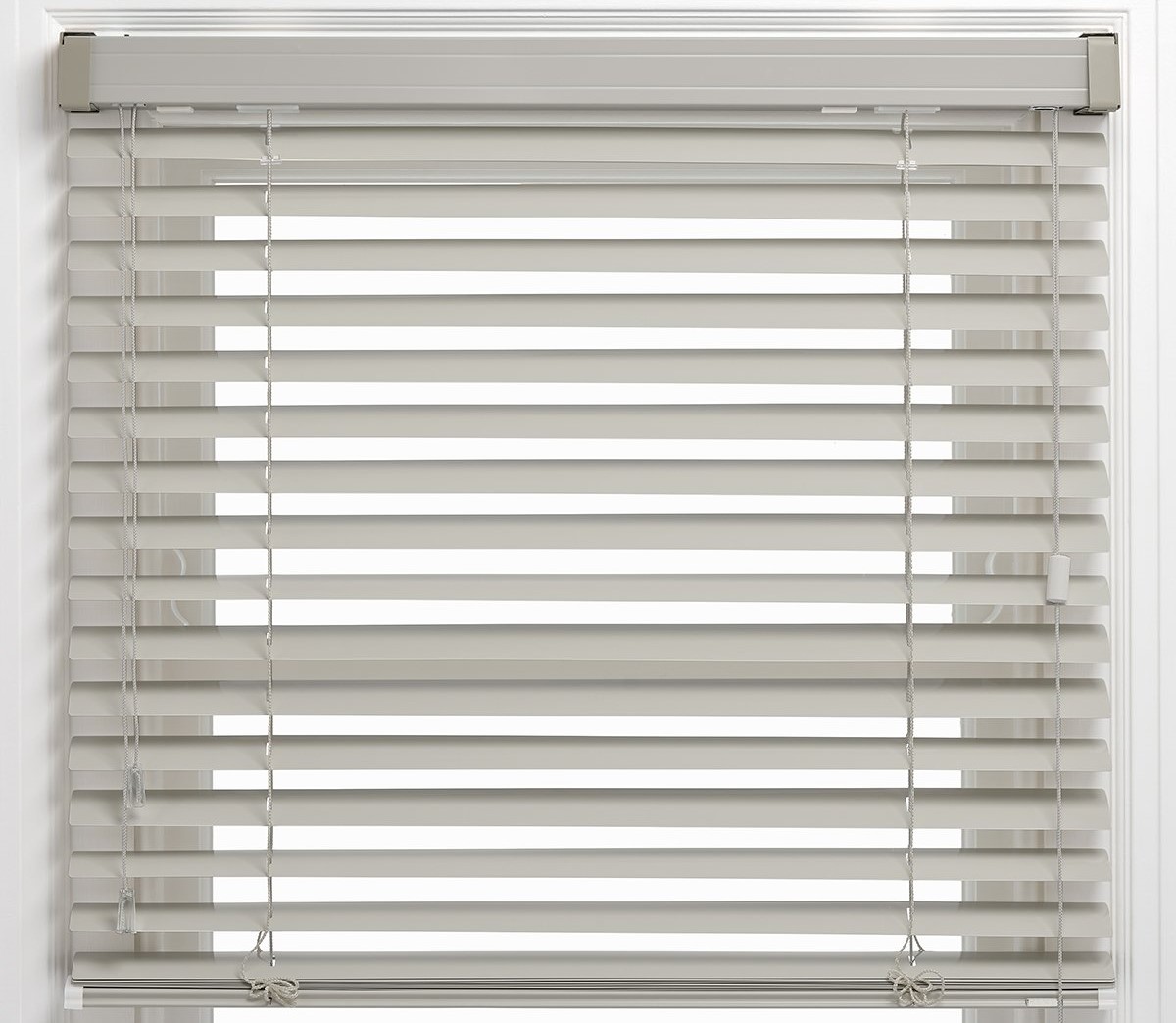
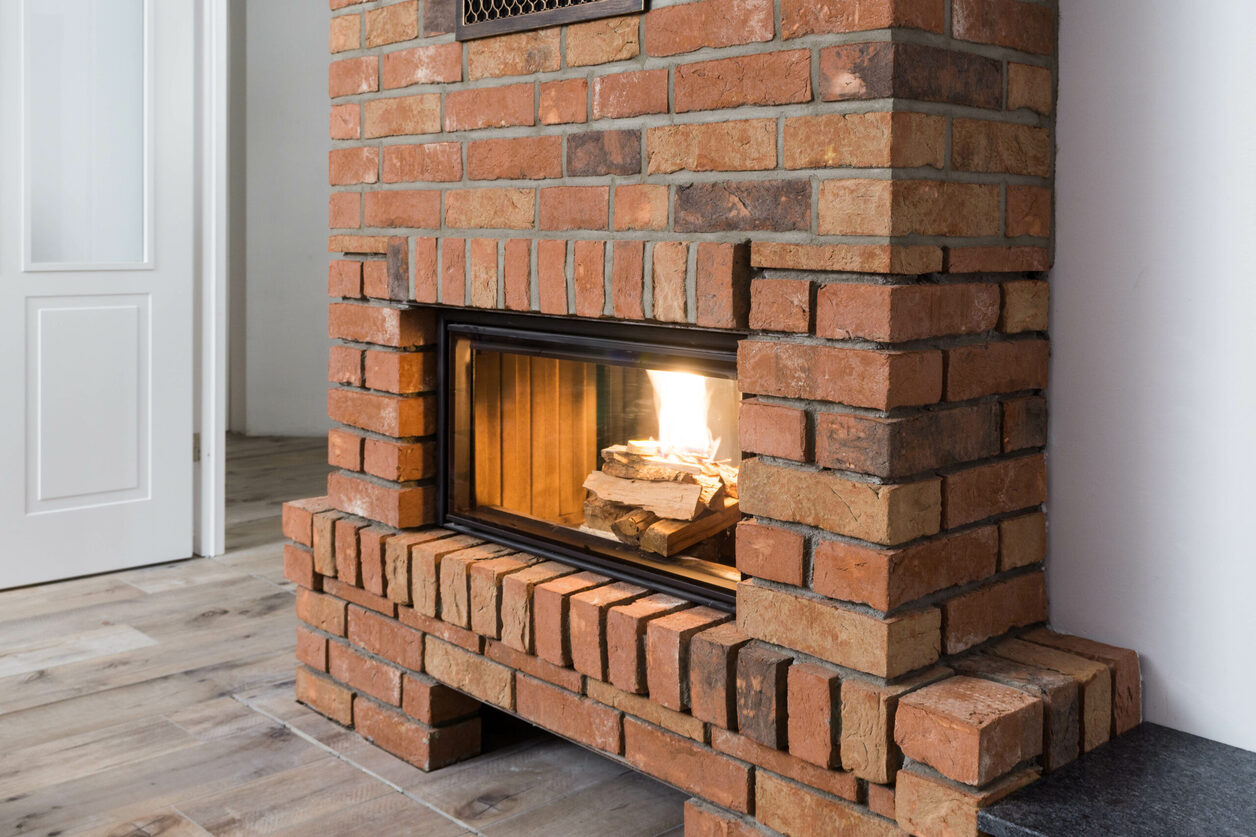
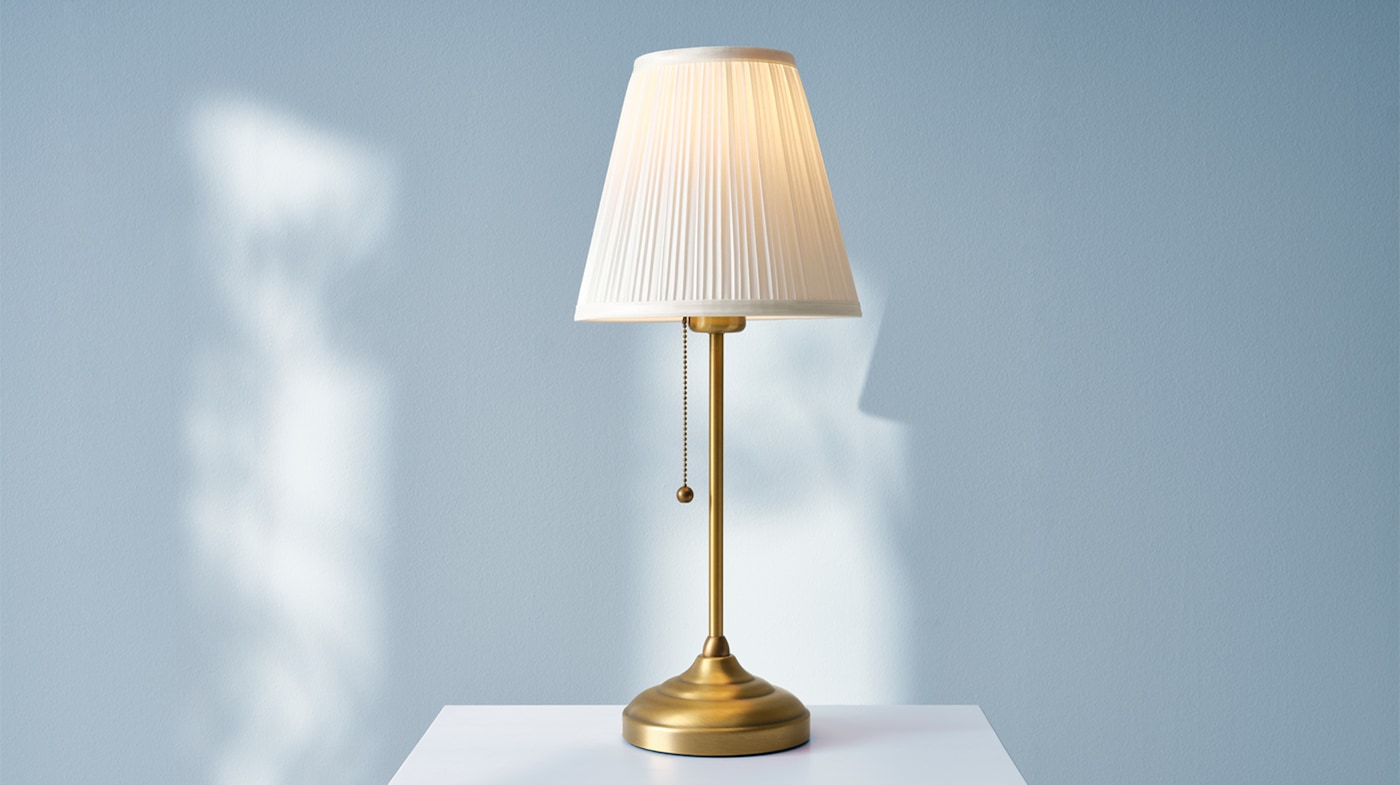
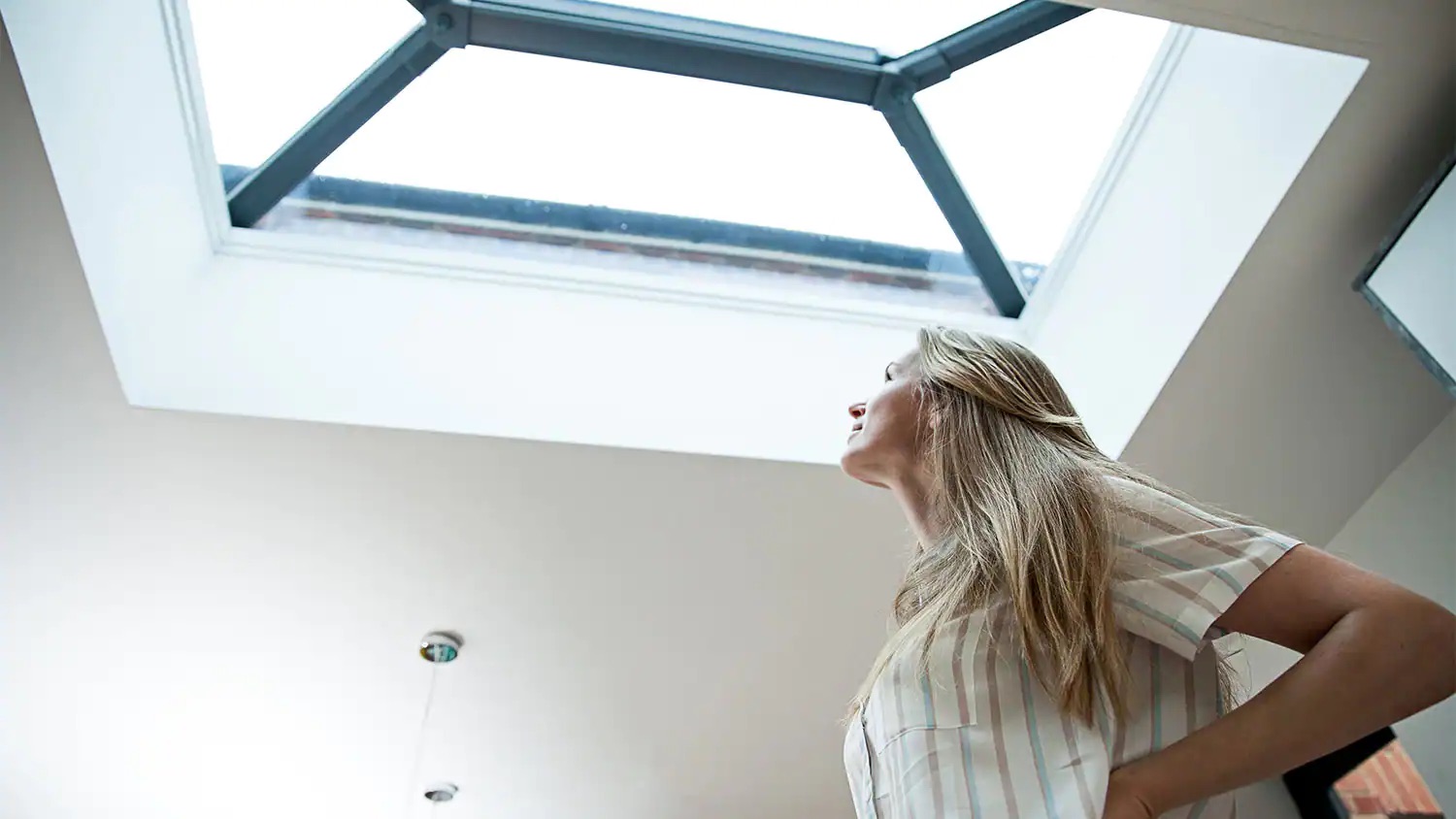
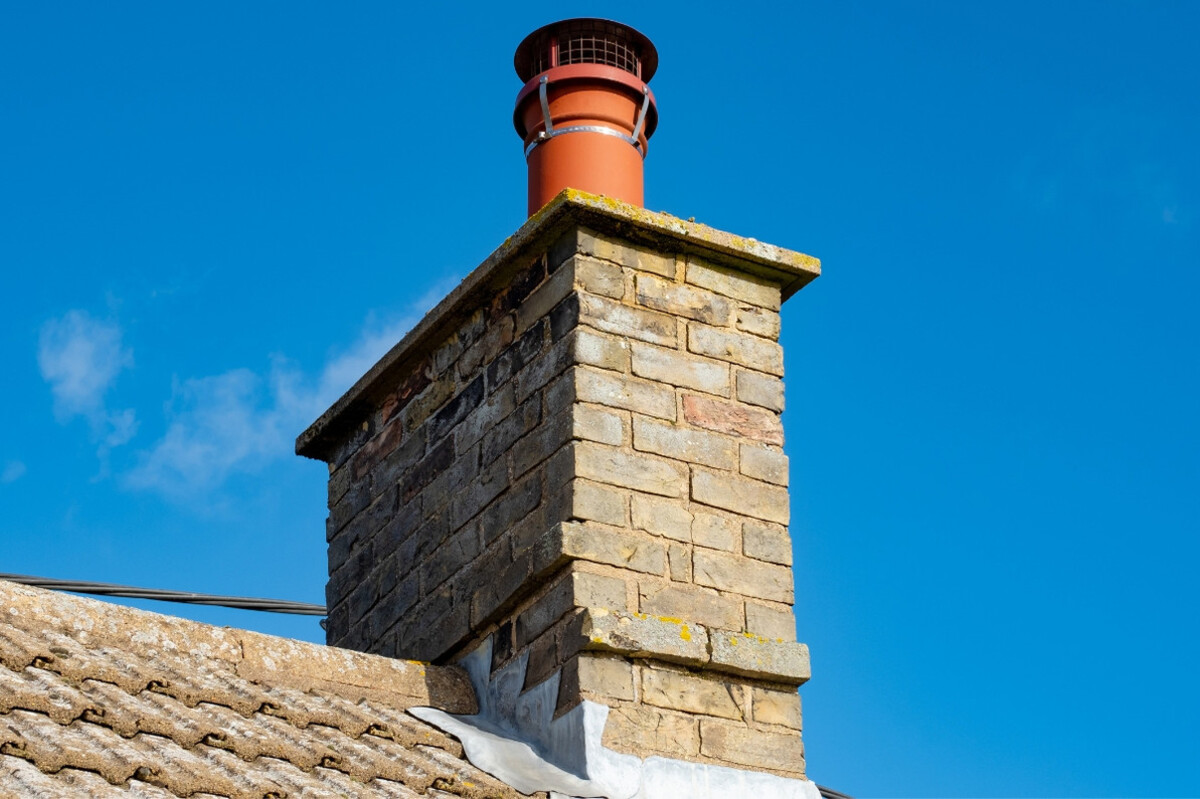
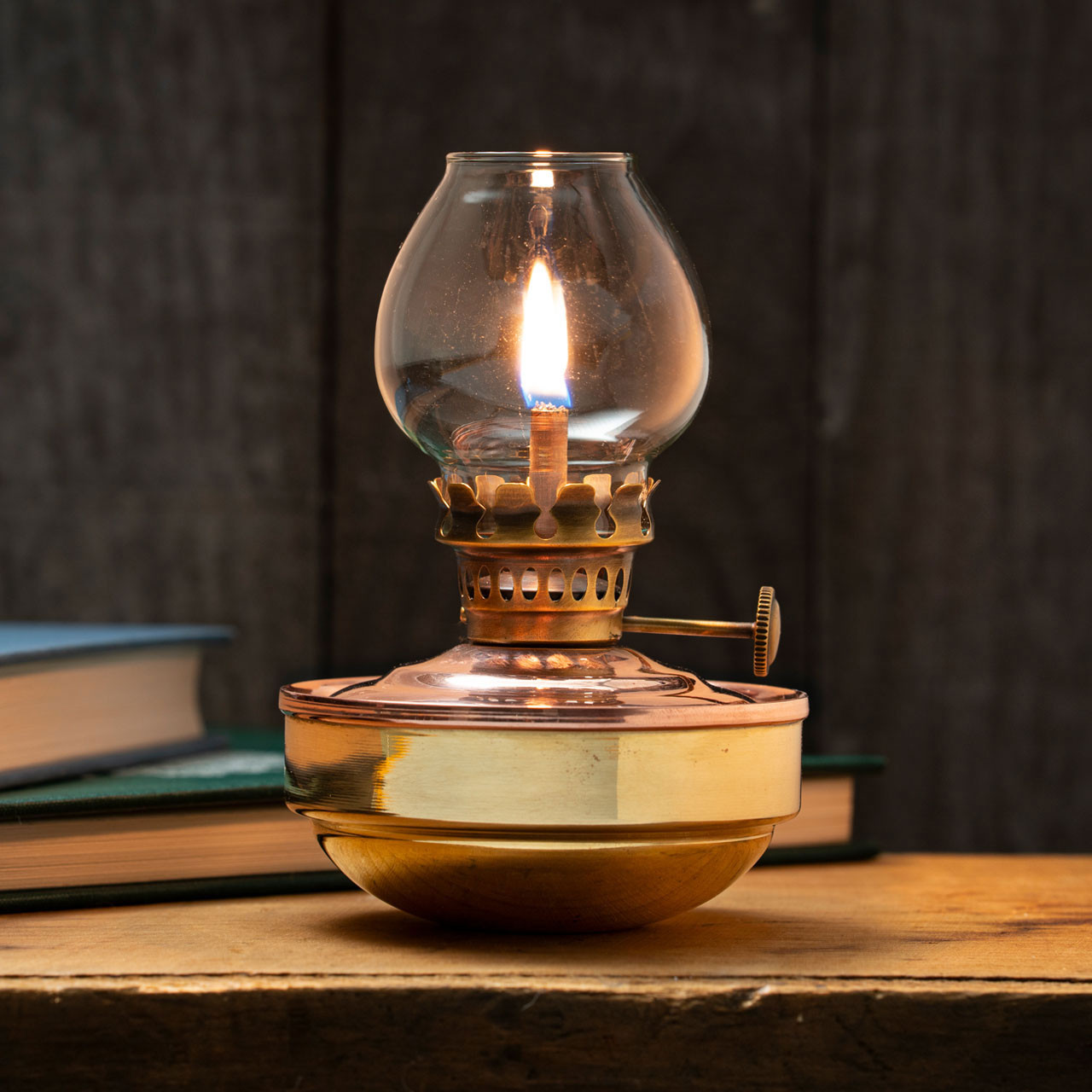


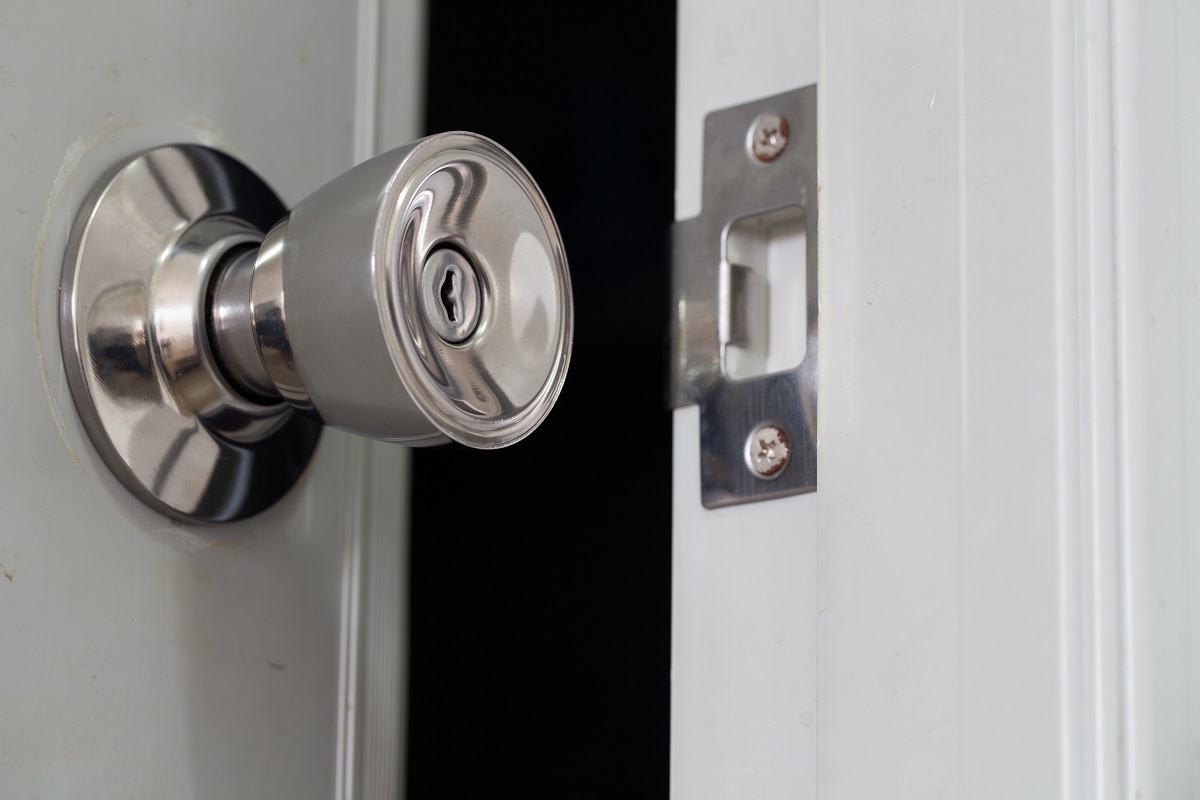

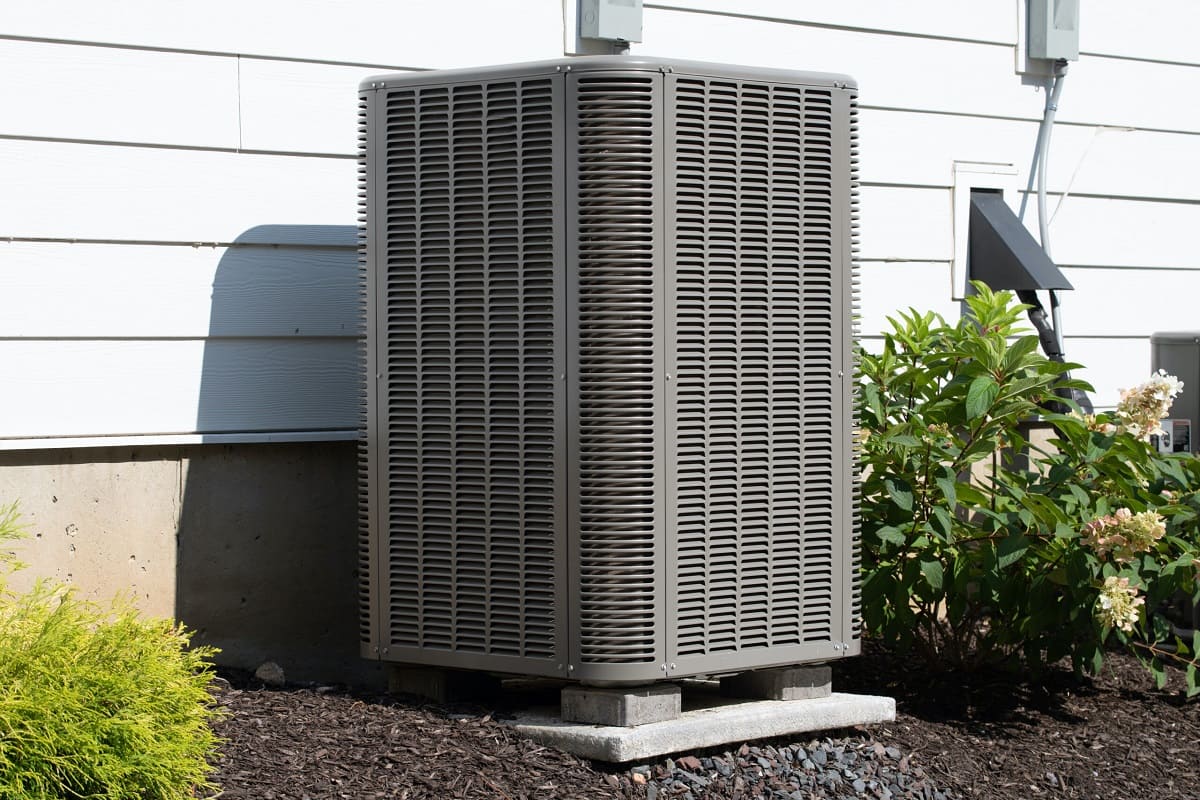

0 thoughts on “What Are The Parts Of A Ceiling Light Called”